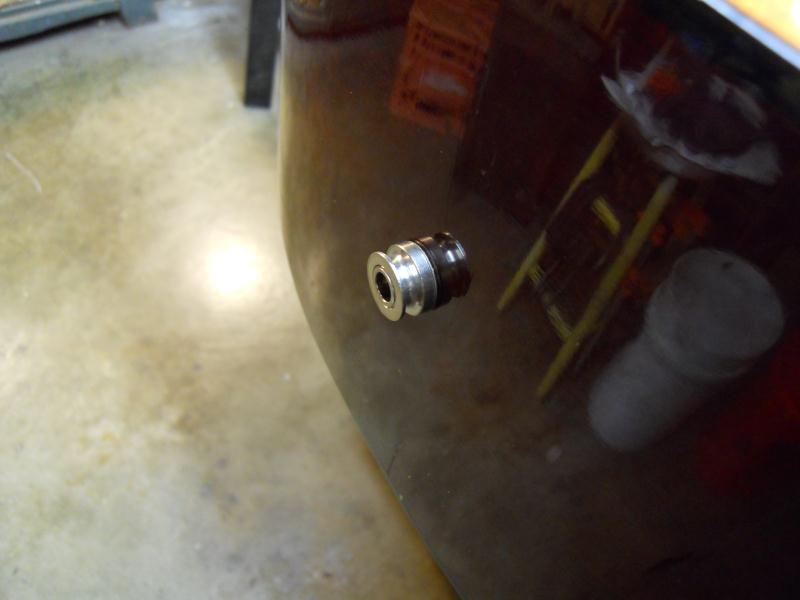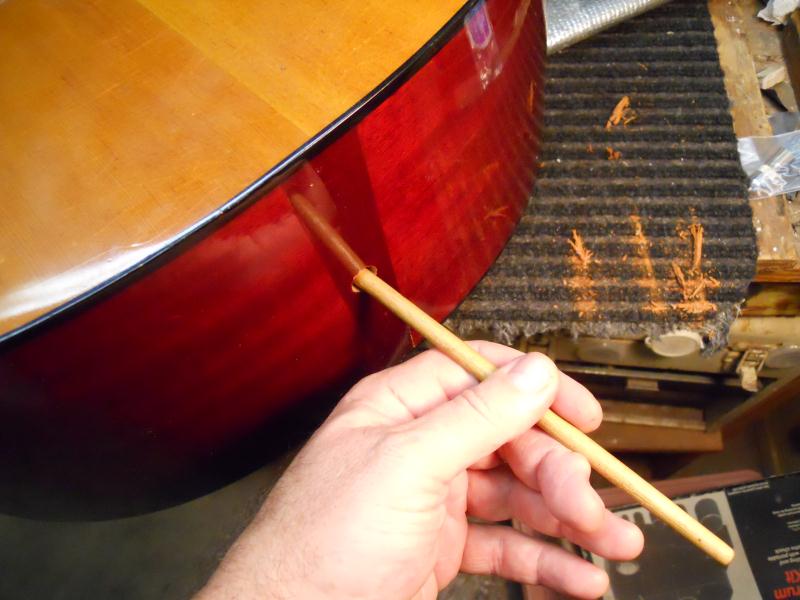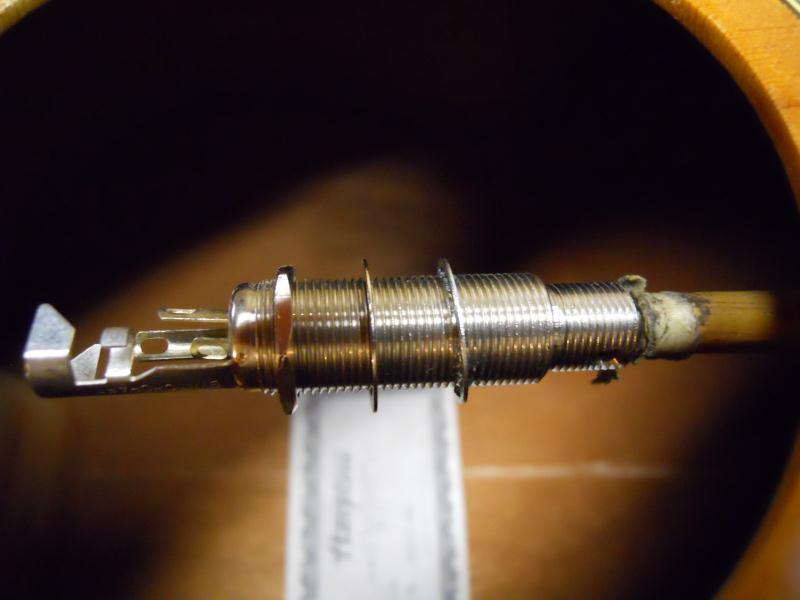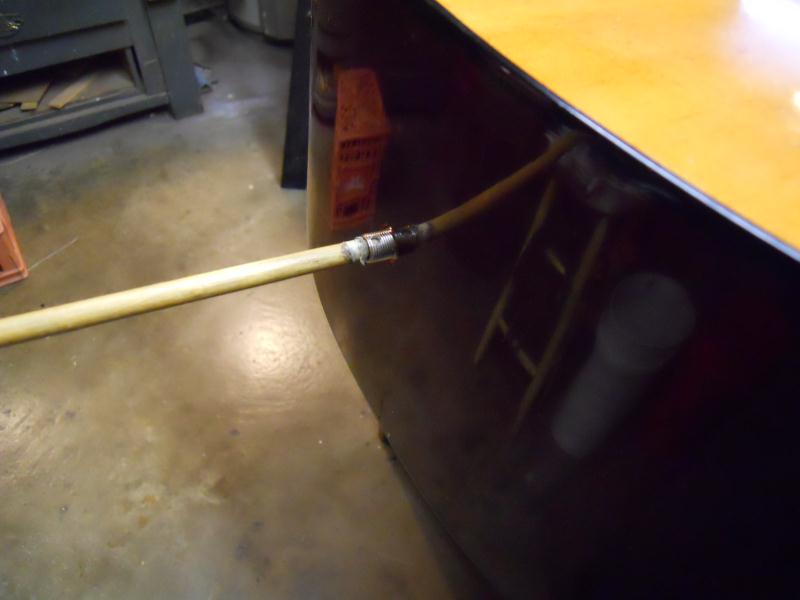|
| Repair Articles |
|---|
| Ask The Repairman |
| Repair Blue Book |
| Hardware Parts Accessories |
| Electronics |
| Guitar Wood and Kits |
| Tools |
| Friends |
|
|
|
|
|
Acoustic Guitar Endpin JacksBy Steve CarmodyAcoustic guitar endpin jacks can be a mystery, until you see them removed and installed Inside all acoustic guitars there is a block of wood which anchors the sides at the bottom of the guitar body. This is referred to as the endblock. On the outside of the guitar, a strap button is often located in this area. On acoustic guitars with electronics installed, endpin jacks are located at this spot. The jack itself is a two-stage threaded barrel with a wide ( usually around 13mm outer diameter) long shaft which seats inside the guitar endblock, and a narrower shorter shaft which extends outside the guitar. There is a nut on the inside and a nut on the outside which, when tightened, compress against the guitar endblock. Finally, there is a flanged cap which threads onto the shorter narrower shaft and covers the outer nut. This flanged cap also serves as a strap button. The photo below shows what the installed endpin jack looks like from the outside.
Here is a photo which shows the basic mechanical workings of the style of endpin jack used with most American made guitar electronics. Inside the wider part of the jack are metal tabs which connect to the various wires associated with the pickup and pre-amp ( ground, signal lead, battery ground).
The first step in removing the jack is to unscrew the strap button cap which covers the outer nut. Sometimes this cap is finger tight and can be unscrewed by hand, but in other cases it must be loosened, carefully, with a pair of pliers. Once this cap is removed the outer nut can be loosened. Since the shaft can spin if it is not held in place, a small hole has been drilled in the outer threaded shaft so that a tool (here I am using an awl) can be inserted to prevent the shaft from spinning as the nut is loosened (or tightened) with a thin crescent wrench. Once the nut is removed the jack can be pushed into the guitar and removed. Installation is the reverse of this process.
Even on large body guitars removing or installing the jack from the inside can be a challenge, so I like to use a wooden dowel stick. This is a 5/16" dowel stick which I tapered at the end. I also wrap a bit of masking tape around the end, which helps to keep the jack from falling off as I move it into and out of the hole at the end of the guitar.
Once the outside nut has been loosened and removed I can use the dowel stick to push the jack into the guitar and up to the soundhole where I can either remove it or adjust the inside nut, as necessary. Then I can use the dowel to draw the jack back through the guitar and into the endpin hole.
There are a couple of common maintenance issues related to endpin jacks.
One problem is that one or both of the nuts comes loose, allowing the jack and the associated wiring to move around. If the inner nut has become loosened, the outer nut can be fully tightened and yet the jack is still loose. In this scenario the inner nut must be tightened until the wider long part of the jack is fully inside the endblock. If any of this part of the jack extends outside the the guitar, the nut on the narrow part of jack will not compress against the guitar and the jack will be loose. It should be noted that if too much of the narrow portion of the jack is inside the endblock, and the jack strap flange is installed, the guitar plug will not fully insert into the jack, and there will be no signal. On occasion, the outer cap/strap button flange will loosen, even though the two nuts are correctly situated, and prevent the guitar cord plug from fully inserting into the jack. This is also often the cause of "no signal" issues. In this case, just tightening the cap will correct this problem. Another common problem is that, over time, the signal, ground and battery contacts ( metal tabs) inside the jack can become fatigued and the signal from the guitar will crackle or cut in and out when the guitar cord is moved. At this point the jack must be replaced. Steve Carmody is an independant guitar repairman and luthier with a shop in Silver Spring, Md. He has been doing guitar repair and restoration full-time since 1990. Questions about this article or anything else related to guitar repair? Send e-mail to - GuitarRepairShop@gmail.com |






